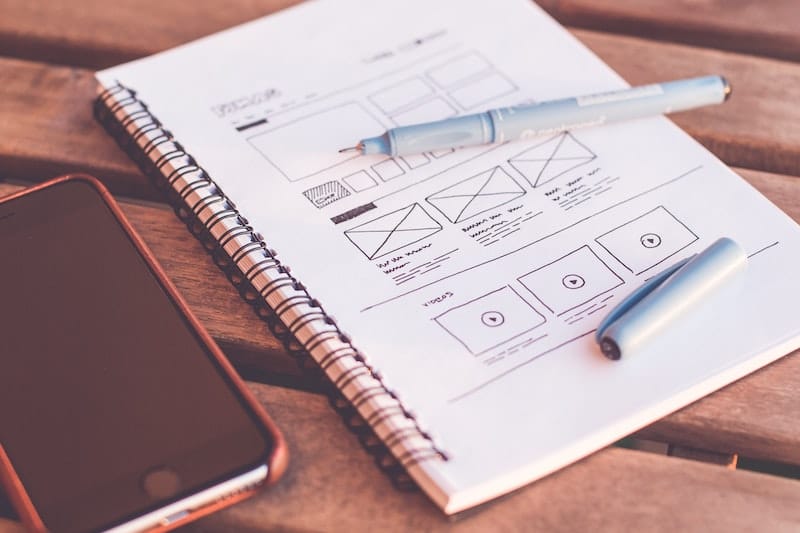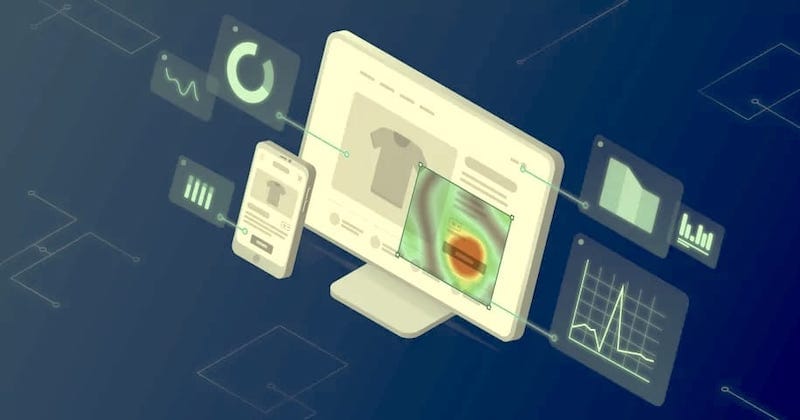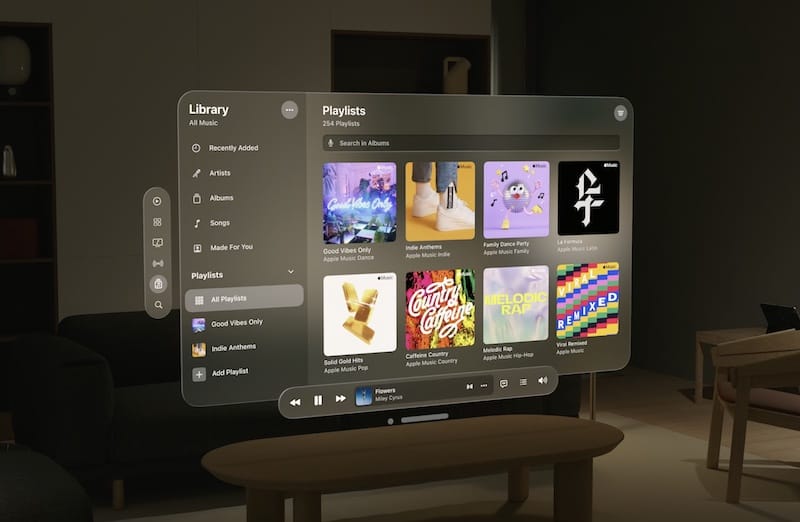If you are passionate about technology, design, and psychology, you would be interested in knowing What Is User Experience (UX) Design and why it could be a great professional opportunity to focus on in the coming months.
This professional role has primarily emerged because there is a lot of competition in the digital realm nowadays. 15-20 years ago, few companies aimed to have a digital strategy, perhaps only for certain categories.

Today, those who do not digitalize products and services, putting design and user experience at the forefront, working to improve the usability, accessibility, and ergonomics of digital products, have virtually no future.
In this article, we will see in detail what a UX Designer does, what skills are required, where to learn them, the expected salary, and how the job could evolve in 2024.
Table of Contents
What Is User Experience (UX) Design?
To understand What Is User Experience (UX) Design, we need to start with the general definition, which is to improve the user experience of digital products, such as websites, smartphone apps, software, and IoT applications. Their main goal is to simplify the process of using products, aiming to eliminate friction and difficulties that users might encounter during navigation. The key concepts and areas are as follows:
- User-centered approach: a product or service should be designed based on the specific needs of the customer. Companies that invest in UX design, working with their teams to place the user at the center of every strategy, will have a long-term competitive advantage, as these strategies improve key parameters such as increasing website engagement, conversions, brand loyalty, reducing complaints, and consequently, requests for technical support for products or services.
- Research: a UX designer is someone who conducts extensive user research, and makes decisions based on specific research and analysis (such as testing). There is almost no creative and design phase in this part of the user experience optimization process. Nowadays, everyone wants to be an innovator, but coming up with consistently innovative, usable, and useful ideas is quite difficult, especially if we don’t have a clear understanding of what our users want.
- Interactions: when designing the user experience, all behaviors, not just the obvious ones, must be taken into account. For this reason, a UX Designer creates things like customer journeys and user flows. This area is called Interaction Design and is a fundamental component in the field of user experience. It encompasses information architecture and design to define how a product will behave.
- Visual Design: This part covers topics such as colors, typography, shapes, images, and UI components. Although the graphical interface is the final part of the process, it is certainly not the least important. Nobody wants to buy from “ugly” or difficult-to-use websites. The UI (User Interface) must be clean, easy to understand, and reflect all the values of the company’s brand. It must also be fully accessible and usable across all devices, which is why we talk about omnichannel and responsive design.
- Content: written texts are part of the User Experience. We cannot create a well-designed “container” and neglect the “content.” This is why we have been talking about UX Writing for years, which includes all the techniques and best practices for optimizing texts, especially short ones (Microcopy), such as titles, descriptions, texts on buttons or next to them, error messages, validation messages, etc.
What Is User Experience (UX) Design: Skills
To become a UX Designer, you need to have some technical skills as well as non-technical but more social skills, known as soft skills.
What Is User Experience (UX) Design: Technical Skills
The required technical skills are mostly those we mentioned earlier, which we summarize in this list:
- User Research (see our User Research course).
- Interaction Design (see our Interaction Design course).
- Visual & UI Design (see our Visual & UI Design course).
- UX Writing (see our UX Writing course).
Front-end programming knowledge, such as HTML and CSS, which have been analyzed in UX Designer job listings over the past 3 years, is only required as a “good to have,” meaning it’s not mandatory to find a job in this field.
On the other hand, back-end programming skills, which involve programming algorithms or systems, are not required.
What Is User Experience (UX) Design: Soft skills
In addition to technical skills, a UX Designer should also possess soft skills or cross-functional competencies.
Some of the most important ones include:
- Communication skills: working closely with other professionals, clear and efficient communication.
- Creative and innovative abilities.
- Problem-solving skills: the ability to respond to and find solutions to unexpected problems.
- Teamwork attitude: the ability to work collaboratively and cooperatively.
- Time management skills: the ability to organize and manage tasks independently.
- Lifelong learning attitude: the ability to continuously learn and acquire new knowledge.
What Is User Experience (UX) Design: The Salary
Besides understanding What Is User Experience (UX) Design, I imagine you are also interested in knowing how much this professional role earns.
According to data from Payscale, a company that specialized in collecting data on work and salaries, the average salary of a UX designer in 2024 should be around €55,000 gross per year. However, it is important to note that the salary can vary depending on the geographical location, the candidate’s experience, and the type of company they work for.
In major cities in northern Europe, such as UK or Ireland, the average salary for a UX designer could be higher than €55,000 per year, while in less populated regions or smaller cities, it could amount to around €35,000 per year.
Experience also plays a significant role for companies. UX designers who have worked in large companies for several years, especially on significant projects, and have gained excellent experience, can earn even higher salaries, which may exceed €85,000 per year.
Of course, it is important to note that these data are based solely on statistics and that various factors influence the salary of a UX designer in Europe in 2024.

Experience also matters a lot for companies. UX Designers who have worked for large companies for several years, and perhaps on major projects, which means they have excellent experience, can earn even higher salaries, exceeding €80,000 per year.
Of course, it is important to note that these data are based on statistics and that various factors influence the salary of a UX Designer in Europe in 2024.
Certainly, some factors determine a high or low UX Designer’s salary, and they are as follows:
- Experience: a UX Designer with many years of experience will undoubtedly be better paid than someone who is just starting.
- Company: on average, a large company pays more than a small one. Therefore, with the same level of experience or skill as the candidate, the salary may vary.
- Location: in Europe, those working in the central-northern region have, on average, a better salary than those in the central-southern region.
- Specialization: the UX Designer’s salary also varies if you specialize in specific areas of UX.
We have written a detailed guide on UX Designer salaries that we recommend you read.
What Is User Experience (UX) Design: Job Opportunities
There are several opportunities to search for UX Designer jobs.
Traditional methods are still valid, such as registering with recruitment agencies or consulting firms.
Using online job advertisement portals like LinkedIn is also one of the most common methods.
Our UX Design courses offer paid internship opportunities with over 150 industry companies that have recognized the quality of our students’ work over the years and have partnered with us to hire our top-performing students upon course completion.



